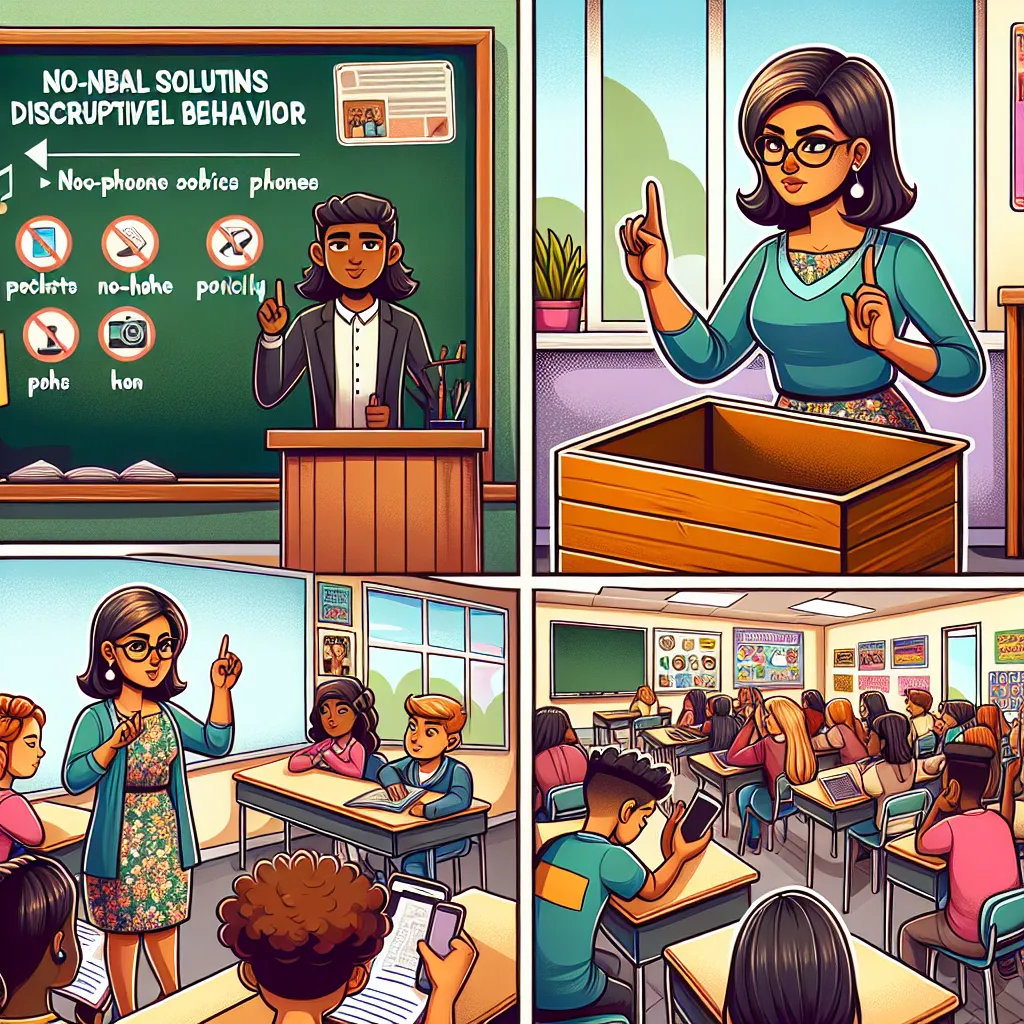Ask AI on The Internet
Question: How can a teacher address the issue of learners arriving late to the class? What strategies could be implemented to encourage punctuality?
Addressing lateness in the classroom is important to ensure that lessons start on time and that interruptions are minimized. Here are several strategies a teacher can implement to encourage punctuality among students: ### 1. **Clear Communication** - **Set Expectations:** Clearly communicate the start time of the class and the importance of punctuality from the beginning of the term. Include these expectations in your course syllabus and discuss them during the first class. - **Explain Consequences:** Make sure students understand the impact of arriving late on their learning and on the class as a whole. Outline any penalties for habitual tardiness. ### 2. **Engagement Strategies** - **Start with Engaging Activities:** Begin the class with an engaging activity or an interesting fact that students look forward to, encouraging them to arrive on time to not miss out. - **Warm-Up Exercises:** Start with a brief, graded activity right at the beginning of class. This way, students who are late may miss out on easy points, creating an incentive to be on time. ### 3. **Positive Reinforcement** - **Reward Punctuality:** Implement a rewards system where students who are consistently on time earn small privileges or recognition. This could be in the form of participation points, praise, or a small treat. - **Class Incentives:** Create a class-wide incentive program where the class gets a reward if a certain number of students are on time for a set period. ### 4. **Classroom Management** - **Routine and Structure:** Establish a classroom routine that everyone follows. Predictable schedules make it easier for students to plan and arrive on time. - **Consistent Start Time:** Always start class at the same time, regardless of how many students are present. This consistency reinforces the expectation of punctuality. ### 5. **Addressing Underlying Issues** - **Open Communication:** Have a private conversation with chronically late students to understand if there are underlying issues causing their tardiness, such as transportation problems or family responsibilities, and work together to find solutions. - **Flexible Solutions:** If feasible, offer some flexibility for students who have legitimate reasons for being late. This could include online access to missed content or a slightly extended deadline for arrival in special circumstances. ### 6. **Logistical Adjustments** - **Adjust Timings:** If a significant number of students are frequently late, consider adjusting the class start time slightly, if possible, to better fit their schedules. - **Accessibility:** Ensure that students have adequate information about the best routes to take to your class, especially if they come from another location on campus. ### 7. **Involving Parents (for younger students)** - **Parental Engagement:** Communicate with parents about the importance of punctuality and enlist their support in ensuring their children arrive on time. ### 8. **Technology Use** - **Reminders:** Use digital platforms to send reminders about class timings and the importance of being on time. - **Attendance Tracking:** Employ attendance tracking apps that log arrival times and can provide students with feedback on their punctuality. By combining these strategies, a teacher can create a classroom environment that values and encourages punctuality while also addressing any underlying issues that may contribute to lateness.
Think your answer is better than the AI's? Post it below.
Other Most Relevant Posts:
 Ask AI: How should a teacher handle learners who leave the classroom without permission? What measures can be taken to prevent this behaviour?
Ask AI: How should a teacher handle learners who leave the classroom without permission? What measures can be taken to prevent this behaviour?
Question Tags
If you want your question answered by an AI, click here.






Post your own comment: